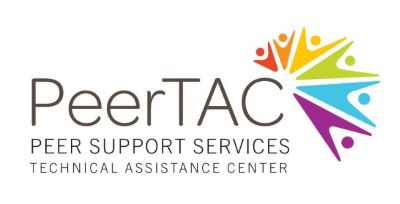Creating, Leading and Sustaining a Culture Centered in Recovery and Resilience

Part Two: Creating a Recovery Culture Through Conscious Leadership
By Lori Ashcraft, Crestwood Behavioral Health with contributions by Harvey Rosenthal and Madeline Kennedy with the New York Association for Psychiatric Rehabilitation Services (NYAPRS)
Let’s begin this discussion by taking an honest look at how people become leaders in organizations that serve people who live with mental health, addiction and trauma-related challenges.
Most of us who ascend to leadership positions don’t receive much training or mentoring in how to lead in a way that creates meaningful recovery outcomes. We did our last job well, so we got promoted. Now here we are telling other people how to do their jobs. We join the ranks of official leaders in the organization and we bumble around with the other leaders and try to keep things on track. We think our job is about making sure everyone is doing what they are supposed to do and keeping the machinery running.
This becomes our focus, and we measure our success on how well we do these superficial things. We pretend that this is as good as it gets. This can go on for years. The whole time we are missing the point of growing ourselves and those who report to us into committed, skilled, accountable, and caring people. I know this territory well from firsthand experience because at one time I too was caught up in this trap.
These opening paragraphs may seem a little harsh. In fact, my first thought about writing this article was to open it with a nice gentle nuanced approach so as not to offend anyone. My second thought was to just shoot straight, believing we are capable of digesting a painfully straightforward assessment of where we stand in the world of recovery leadership. I think we’re ready, right from the “git go,” to take an honest look at where we are so we can figure out how to take on new territory as recovery leaders.
With a recovery mindset, we can make important contributions by transforming the “everyday” into the magic that happens when people, both staff and people being served, recognize their human potential and the ways they can creatively contribute. Remember, this happens when the leader focuses on the organisms; the people – that’s where the heart beats.
Let’s approach developing recovery leadership skills from two different angles: the first focuses on Being and the second on Doing.
Being is mostly internal and Doing is mostly external.
- Being (internal) centers on the ideal personal characteristics of a leader who can create a recovery culture. These are characteristics of any good leader, no matter what the organization is or what the mission is. We just need to apply them to the culture of recovery and think about how they can be effective in our context.
- Doing (external action) relies on a strong well-articulated vision that guides the organization. The leader holds the vision up above the crowd to constantly remind everyone about the mission of the organization. It becomes the lens through which the work is viewed. A meaningful vision is not just a “point of view” but a “viewing point” that provides perspective for each moment as well as a long-range observation of the journey. Holding high this living, dynamic, and dual focused vision allows leaders the space to continually learn how to inspire and empower the staff; generate choices and options; and role model courage and guts and integrity in a way that moves the entire organization toward a recovery culture.
Leaders who hold a living, dynamic, and dual focused vision emulate recovery values in their actions and attitudes. They reinforce those values and demonstrate how to put recovery principles into action. This gives staff a living example of what it looks like in action and makes it easier for them to emulate it in their own relationships with people who are receiving services from the organization.
I’ve synthesized these principles in the chart below to make it easier to keep in mind both the Being and Doing aspects of a recovery leadership vision.
(Read More)
Want to learn more?
Watch two videos or listen to two podcasts on this topic!
Want to Learn More?
View the first Viva La Evolution Video | Listen to the 1st Podcast on Spotify
View the 2nd Viva La Evolution Video | Listen to the 2nd Podcast on Spotify





